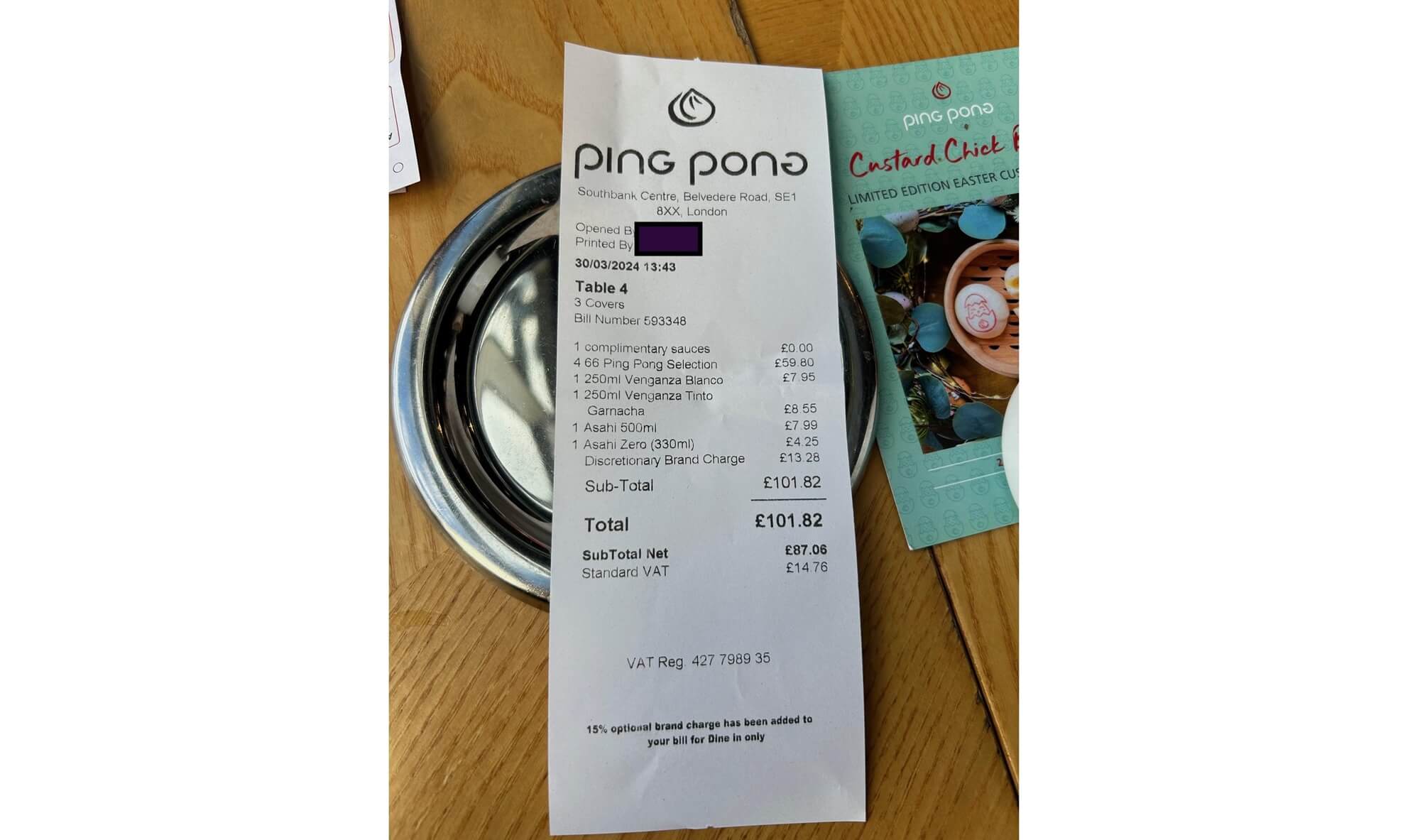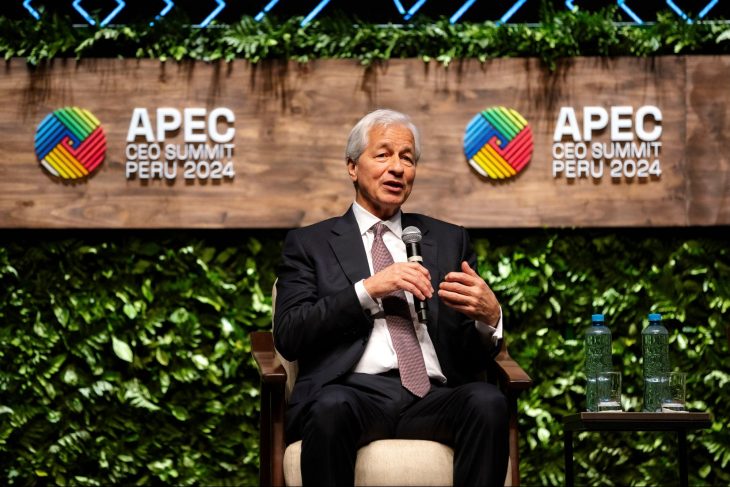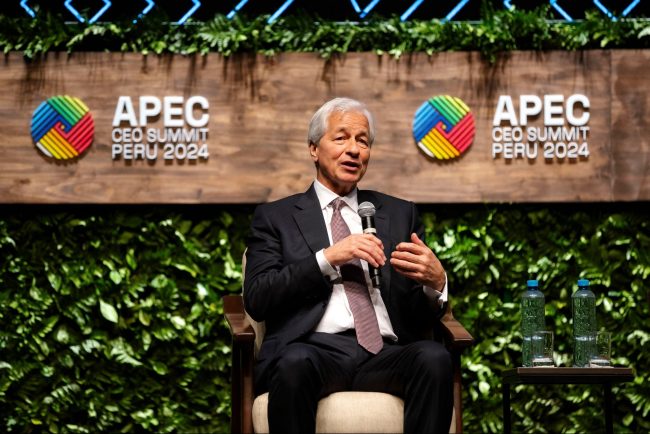
Ever woken up after a night out, looked at your bank account, and thought – ‘how much’? Sometimes it can seem like your usual round of drinks cost a lot more than normal. And it might be because of dynamic pricing strategies.
Dynamic pricing is where businesses set flexible prices based on customer demand. One common form is surge pricing (where prices automatically rise when demand is high).
Brits may assume that dynamic pricing is reserved for the aviation or real estate sectors. Once you look out for it, though, it’s everywhere. I recently bought a ‘Pre-2pm Entry’ ticket to London nightclub, Drumsheds. I wasn’t psyched to do the two-step in a warehouse, sober, at midday — but the early bird wristband cost £30 less than a standard ticket.
As more sectors struggle with tight profit margins, restaurants, clubs, and bars are all getting creative with the final bill. Below, we list the new fees you could soon encounter on the UK high street, and explain why businesses will lean further into dynamic pricing in 2025.
1. Watershed charges
In June, experts reported that the average cost of a pint in the UK had tipped over £5 for the first time. It was already well above this in London, but dynamic pricing there means it could soon cost drinkers a tenner.
According to The Independent, O’Neill’s on Wardour Street will apply a £2 surcharge to any drink served after 10pm to pay for late-night door staff. That means even those who have switched to soft drinks won’t be rewarded for struggling through a glass of soda water.
Only the eagle-eyed (unlikely to be anyone in an O’Neill’s pub after dark) would have seen the A4 sign outlining the fee. But after it was shared online, the news caused outrage. “No proper pub would ever adopt surge pricing — shame on O’Neill’s”, wrote one X user.
2. Dinner rush
Running a restaurant or gastropub costs much the same amount of money, whether you have bums on seats or an empty dining room. Owners will often be savvy by offering incentives such as a pub quiz or happy hours, to entice customers in during quieter times.
Now, however, all discretion has gone out the window. Many businesses are flat out charging more at peak dinner times, in order to capitalise on Saturday date-nights and to make an impromptu night out on a Tuesday seem more economical than waiting until the weekend.
Stonegate Group, which owns Slug & Lettuce and Yates bars, has said it will charge about 20p more per pint during busy evenings and weekends. US fast food chain Wendy’s, which has outlets in the UK, has debated raising prices at busy moments for customers.
Third-party providers are also helping to plug gaps in booking sheets. For example, reservation app Ambl allows restaurants to contact users with promotions if a table opens.
3. Automatic tipping
In the UK, most of us are used to giving a tip at the end of a meal. Tipping your bartender is a less common practice that’s associated with our crazy neighbours across the pond.
Not anymore. The Scotsman Group, which owns over 50 venues in Scotland, has adopted a US-style tipping culture which automatically adds a 2% charge on drinks. That means a Mojito, which appears as £9.95 on the menu, would actually cost customers £10.14.
Thanks to the new tipping law introduced this October, the money will go to wait staff, not businesses. But according to The Telegraph, many customers don’t notice the fee. They could be adding another tip on top, considerably hiking the final bill.
4. Checkout fees
Checkout fees will be familiar to anyone who shops online. These fees are typically to cover the merchant’s own processing costs (essentially an added charge for taking payments online). But at some establishments, they have crawled off the screen and into real life.
Italian restaurant Gloria, based in Shoreditch, east London, made headlines earlier this year when it appeared to charge customers for “the privilege” of paying for their meal. One disbelieving eater snapped a photo of the bill which showed they were charged a £2.99 checkout fee on top of a 13.5% service charge, increasing their bill by £29.14.
This rotten, checkout-cherry on top appears to have originated from Gloria’s owner, Big Mamma Group. Restaurants in the group must use their own payment app called ‘Sunday’ to settle up with customers, which applies an automatic checkout fee to the bill.
Big Mamma has since clarified that “only those who want to use the fast and efficient payment option through the QR code are charged a small fee.” Having added ‘costlier’ to that list of adjectives, we suspect customers won’t be rushing to use the Sunday app soon.
5. What the heck is a brand charge?
London-based Chinese Dim Sum restaurant Ping Pong is probably regretting its decision to introduce a 15% ‘brand charge’ at the start of the year.

Source: reddit.com/user/Rowmyownboat/
In a statement, the eatery said it wanted to ensure a fairer, more stable side income for wait teams. But at the same time, it also scrapped its service charges and banned card tips, blocking one of the most common routes for customers to reward service staff.
Speaking to the Guardian, Unite the Union organiser Bryan Simpson criticised the charge as “disingenuous”, adding, “no matter what senior management calls it, customers will assume that this 15% is a tip that should go to workers, but it won’t.”
Why is dynamic pricing on the rise?
It’s no secret that hospitality businesses are struggling. Labour shortages, combined with rising taxes, have drawn a bitter pint for many to swallow.
Since July 2023, Wetherspoons, the UK’s most successful pub chain, has sold or surrendered the lease on 26 of its pubs in the last year. Even celebrities like Paul Hollywood and Jeremy Clarkson have reported struggling to pay the bills on their pubs.
But the biggest nail in the coffin for many has come from a surprising source. In October, the Employment (Allocation of Tips) Act came into force, ensuring that 100% of tips and service charges will go to service staff, not businesses.
It’s hard to argue against the law change. But an indirect consequence is that many organisations have lost a key revenue stream (data shows that just one third of hospitality firms were giving 100% of tips to the workforce before the act was introduced).
Without tips to top up cash flow, brands have been forced to introduce new customer fees. Some, such as Stonegate Group, have been clear about the change. But others, such as Ping Pong or The Scotsman Group, have used murkier tactics to push up prices.
That’s the key differentiator that can make dynamic pricing a trick or tonic for buyers. When consumers are aware of new fees and the reasons behind them, they are more likely to accept them — which is why being upfront about the charges is so vital for businesses.
Considering dynamic pricing? A more transparent option is to increase your prices. Our guide to raising pricing will help you weigh up the pros and cons.
The post Hidden ways bars and restaurants are charging you more appeared first on Startups.co.uk.
















